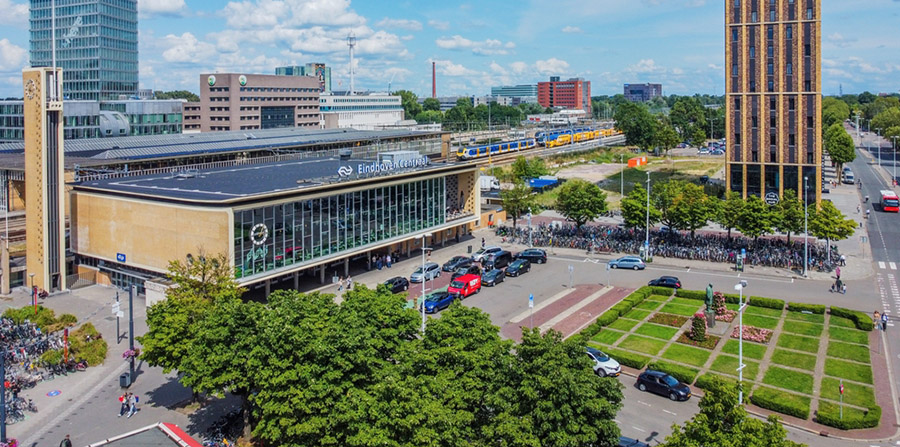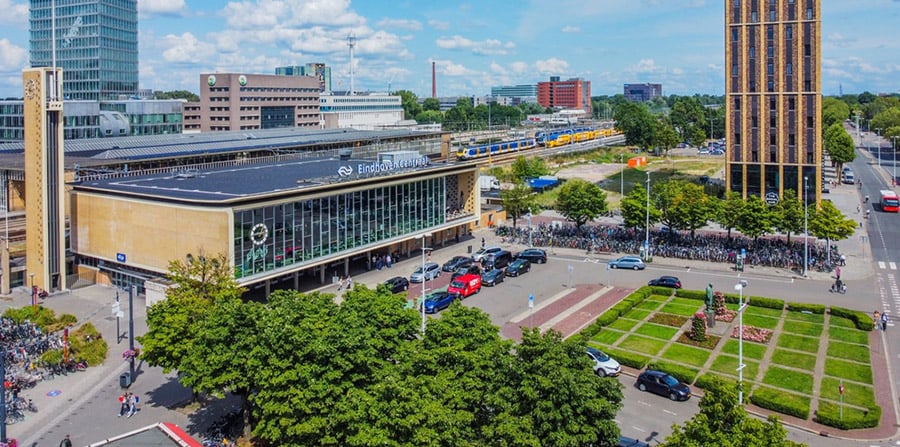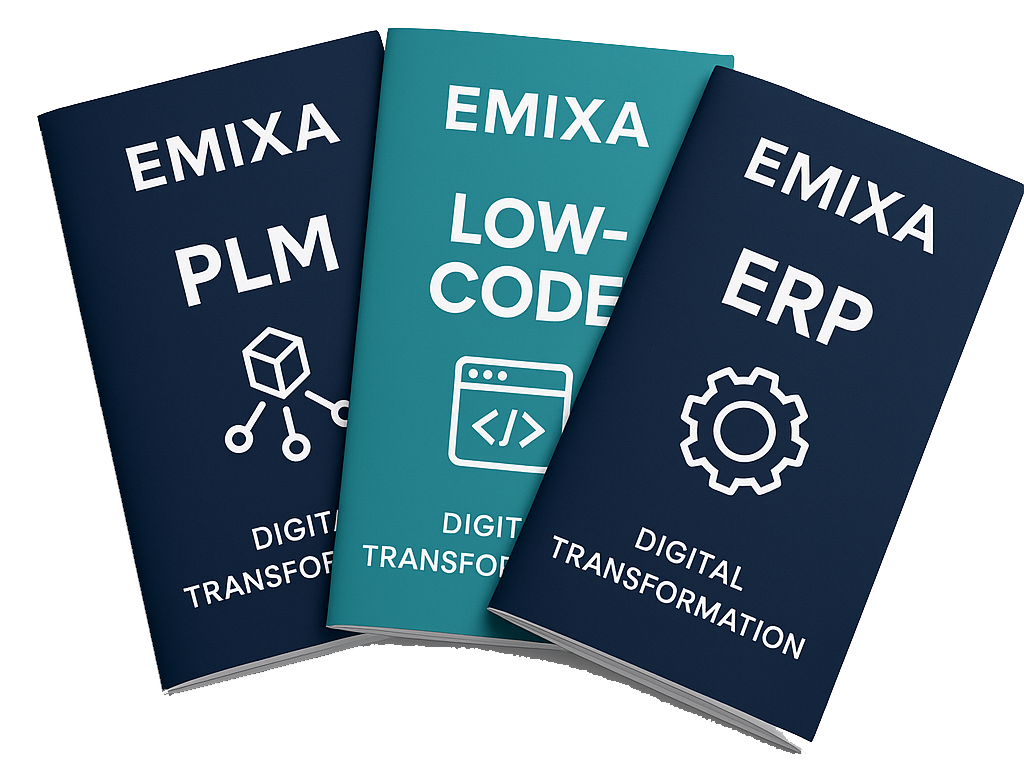
- Mendix
- AI
AI Enables Faster Insights into P+R Parking Occupancy

Consultancy, the platform for the consulting industry, reports on the awesome work with AI for the NS (the Dutch Railways). This project has been another great example of the innovation that takes place at Emixa's Advanced Analytics Hackathon.
Every year, NS (Dutch Railways) tallies the number of cars in Park & Ride (P+R) areas at train stations across the Netherlands. This process requires considerable time and money. However, this may change in the future: Emixa has developed a prototype for NS Stations that uses AI to automate the counting process.
Managing and Developing Station Areas
Together with various partners, NS operates, manages, and develops station areas in the Netherlands. Within these collaborations, the parties involved exchange extensive information on how the available space is used.
As part of this effort, NS monitors the occupancy rates of parking facilities. This data helps determine whether parking spaces are being utilised effectively or if further action is needed.
Currently, the counting of cars is done manually at P+R sites without barriers, always with user privacy in mind. Considering that the Netherlands has nearly 400 train stations, this manual counting is both time-consuming and costly.
Hackathon
NS wanted to explore whether this process could be made more efficient using new technologies while ensuring user privacy. To this end, they participated in the annual Advanced Data & Analytics Hackathon hosted by Emixa.
In preparation for the hackathon, Emixa consultants and NS evaluated several ideas. "The concept of automating the counting of car park usage emerged as the most promising in terms of added value and feasibility," explains Joris Schalks, a consultant at Emixa.
This set a clear challenge for the hackathon: to build a working prototype within 48 hours using the available data and technologies.
"During the hackathon, we used publicly available aerial images and specific NS data," says Schalks. "We also utilised an AI recognition model to count the number of parked cars using aerial imagery."
User-Friendly Solution
The hackathon produced a working prototype. After the event, the consultants further refined it by using more precise coordinates and higher-resolution aerial images.
"Together, we developed an automated script capable of retrieving and analysing images from each NS station," Schalks adds. "Moreover, the information is now easily accessible, helping NS and its partners improve station areas."
While Emixa demonstrated that automated counting is technically possible, the cost of aerial imagery currently makes large-scale implementation unfeasible in the near term. For now, car counting will still need to be done manually.
This is not the first time NS has turned to technology to solve spatial challenges. For instance, in 2018, the railway company launched a pilot version of a seat finder to help distribute passengers more evenly across trains.
Interested in testing your innovative ideas in Emixa's Advanced Analytics Hackathon? Get in touch today.
Author: Joris Schalks
Published date: August 26, 2025

Explore our Technology. Access our downloads center.
Access NowStart your Digital Transformation with Emixa

We help businesses transform their digital future with cutting-edge technology and strategic products & services


